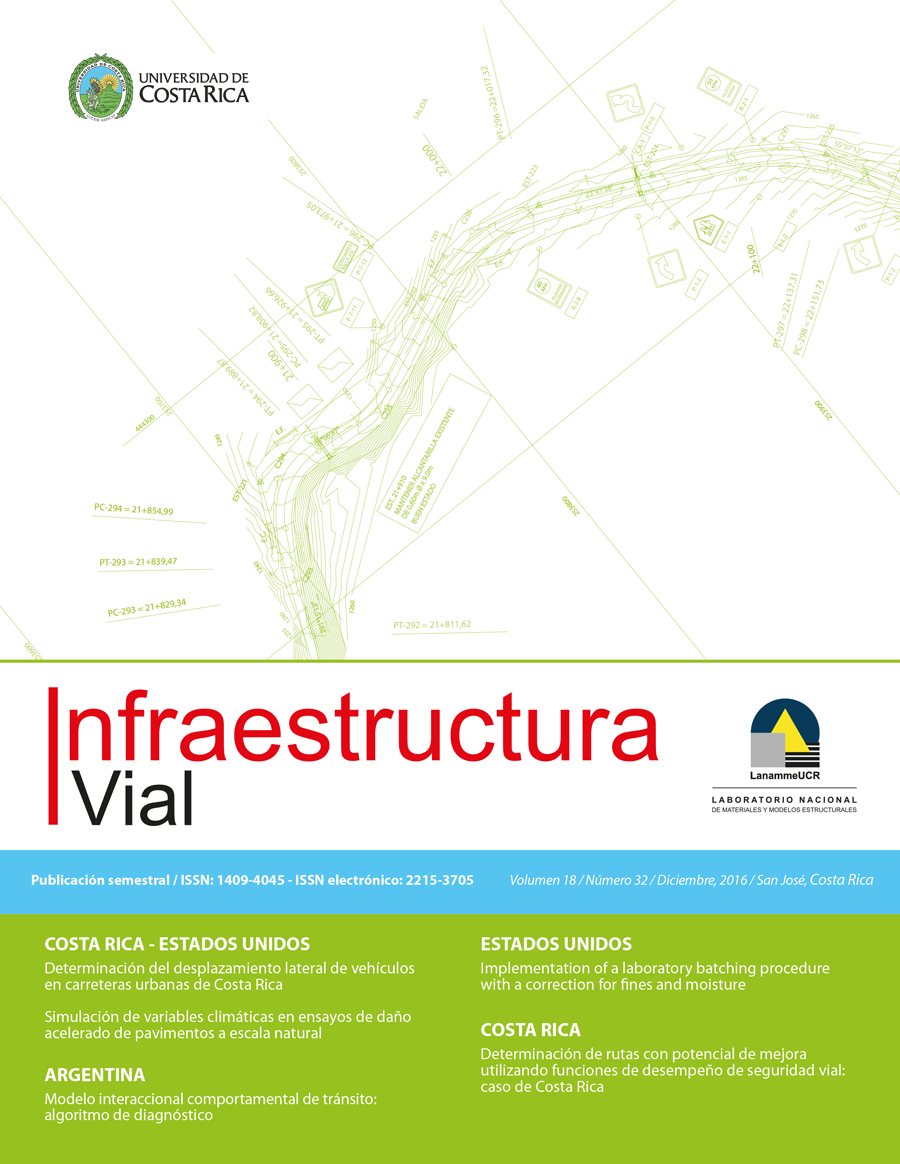Resumen
The selection of an appropriate aggregate structure is a key step during mix design since this directly affects mix performance and the amount of asphalt in the mix. During conventional batching procedures, the aggregates are dried and sieved into different sizes only to be recombined later into the appropriate proportions to reproduce the design gradation. This type of procedure can produce gradations with substantially larger percent passing the sieve No.200 relative to the target gradation. This paper explores the effects that fines adhered to larger particles have on the batch gradation, the resulting optimum binder content and dust proportion. An improved batching procedure that corrects for fines adhered to larger particles and trapped moisture is presented in detail and shown to replicate the target design gradation more closely. The optimum asphalt content was determined by means of the Superpave® design method for both, a gradation batched conventionally and a gradation batched with the suggested corrected procedure. The results show that the optimum asphalt content and volumetrics obtained in both cases are substantially different. The procedure developed for the fines correction is recommended for routine batching in order to minimize the inclusion of additional fines that can potentially affect the performance characteristics of the mix.##plugins.facebook.comentarios##
Descargas
Los datos de descargas todavía no están disponibles.


